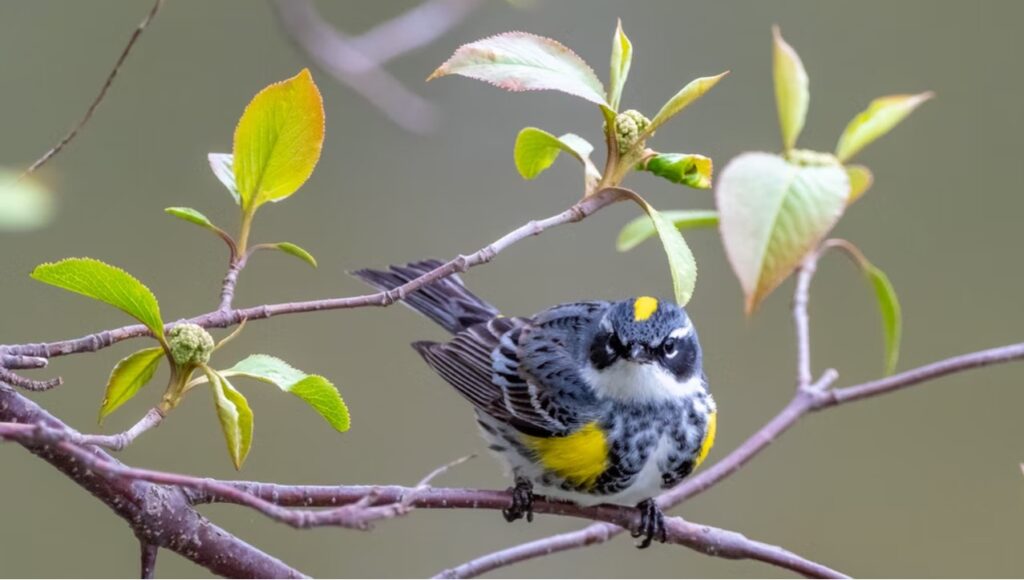Best Locations for the Caribbean Bird Watching in 2022

Because of the Caribbean’s variety and abundance of protected nesting grounds, bird watching in the Caribbean is superior to virtually everywhere else on the planet – especially during the optimum time to visit the Caribbean.
Caribbean birding, described by USA Today as “as easy as falling out of bed,” is enjoyable for a wide variety of birdwatchers, from beginners to experts. Because intriguing birds may be found almost anywhere, it’s as simple as USA Today claims.
The various bird sanctuaries will appeal to experienced birders, while beginners will be inspired by the excitement of easily spotting so many interesting and recognized species.
Thankfully, the Caribbean’s dedication to long-term tourism and bird conservation means that the islands will continue to be sanctuaries for humans and birds alike for many years to come.
While every Caribbean island has its fair share of unusual tropical birds, two islands stand out: Anguilla and Mustique. Below, we go through Best Locations for the Caribbean Bird Watching.
Bird Watching in Anguilla
The Dog Island
Dog Island is around 8 miles northwest of Anguilla, and the best way to get there is through a day trip company like Nature Explorers from the main island.
Because of the large number of breeding seabirds, such as Sooty Terns, Magnificent Frigatebirds, and Masked Boobies, it is renowned as a birder’s paradise. Dog Island is home to over nine distinct species of seabirds, as well as marine turtles and unique reptiles.
Long Pond
Long Pond is a privately owned wetland where Nature Explorers also offers Caribbean birding day tours. It’s a marshy location where coast birds, pelicans, egrets, and herons congregate. Bird watchers can see breeding birds as well as birds looking for Caribbean fish.
If you want to start your Caribbean bird-watching trip on the right foot in Anguilla, have a look at our exclusive Anguilla charter flight deals.
Bird Watching in Mustique
The Bird Sanctuary, the Lagoon location, and the Cotton House Ponds are among the most popular Caribbean bird viewing spots on Mustique.
Bird Sanctuary
Near Mustique’s modest airport landing strip lies the Bird Sanctuary, a protected mangrove wetland. It consists of a lagoon surrounded by mangrove vegetation, which provides the sort of refuge required by the bulk of Mustique’s bird population.
During the afternoon in The Bird Sanctuary, you may witness herons, crested hummingbirds, osprey, kingfishers, and blue-winged teal.
The Lagoon
The Lagoon is home to the best-preserved mangrove swamp in the whole St. Vincent and the Grenadines area.
The Lagoon, which can be accessed by an easy walking track, is home to birds such as the Grenada Flycatcher (unique solely to the Grenadines area), Least Sandpiper, and more than 10 distinct kinds of heron.
The Cotton House Ponds
Next to the iconic Cotton House hotel are the Cotton House Ponds. Eared Doves, Spotted Sandpipers, Green Herons, and Wilson’s Snipe are among the birds that frequent the beautiful ponds.
Because it is so close to the Cotton House hotel, the Cotton House Ponds is especially well-suited for (but not limited to) Caribbean bird watchers with mobility issues.
St. Martin’s Salines d’Orient.
A massive salt pond and numerous smaller ones make up this enormous wetland region between Orient Bay and Le Galion. Egrets, herons, and black-necked stilts are year-round inhabitants, while whimbrels, willets, sandpipers, and plovers are migratory shorebird species. Yellow warblers, Caribbean Elaenia, and mangrove cuckoos can be found in the adjacent mangroves. The Amuseum Naturalis, which is close by, is a fantastic site to learn about local birds. It reopens for the season in October and is open from 9 a.m. to noon Tuesday through Saturday.
Barbuda’s Frigate Bird Colony.
Although Antigua’s sister island is just 61 square miles in size, it is home to the world’s biggest frigate bird colony. A trip to the Codrington Lagoon National Park on small motorboats with qualified guides departing from the Codrington dock will allow you to see several of these black-feathered species. The males, in particular, stand out from the lush green of the mangroves where they roost with their vivid red neck pouches. The optimum time to visit is during the mating season, which runs from September to April.
Montserrat’s South Soufriere Hills.
The greatest places to see the island’s national bird, the Montserrat Oriel, are these and the Centre Hills. Between storms and volcanic eruptions, the population has reduced to a mere 500 to 800 birds. Look for a medium-sized bird with a black and yellow colour pattern on the males and a yellowish-green colour pattern on the females and young males. The Montserrat Galliwasp, Forest Thrush, and Yellow-shouldered Bat are among the other unusual bird species found in the Centre Hills.
Arriving in the Caribbean for your Caribbean Birding Vacation
Flying charter is the quickest and most convenient method to go on your lovely Caribbean bird viewing holiday.
We fly ordinary and VIP charter flights to all of the greatest Caribbean birding destinations, including the ones listed above, and our client testimonials show that we are the best and most inexpensive option for your Caribbean vacation needs.
When you book your Caribbean bird-watching holiday with us, you’ll arrive in luxury. Please feel free to contact our Caribbean travel specialists at any time with any questions you may have about your planned holiday in the Caribbean. We will be delighted to assist you!


0 Comment